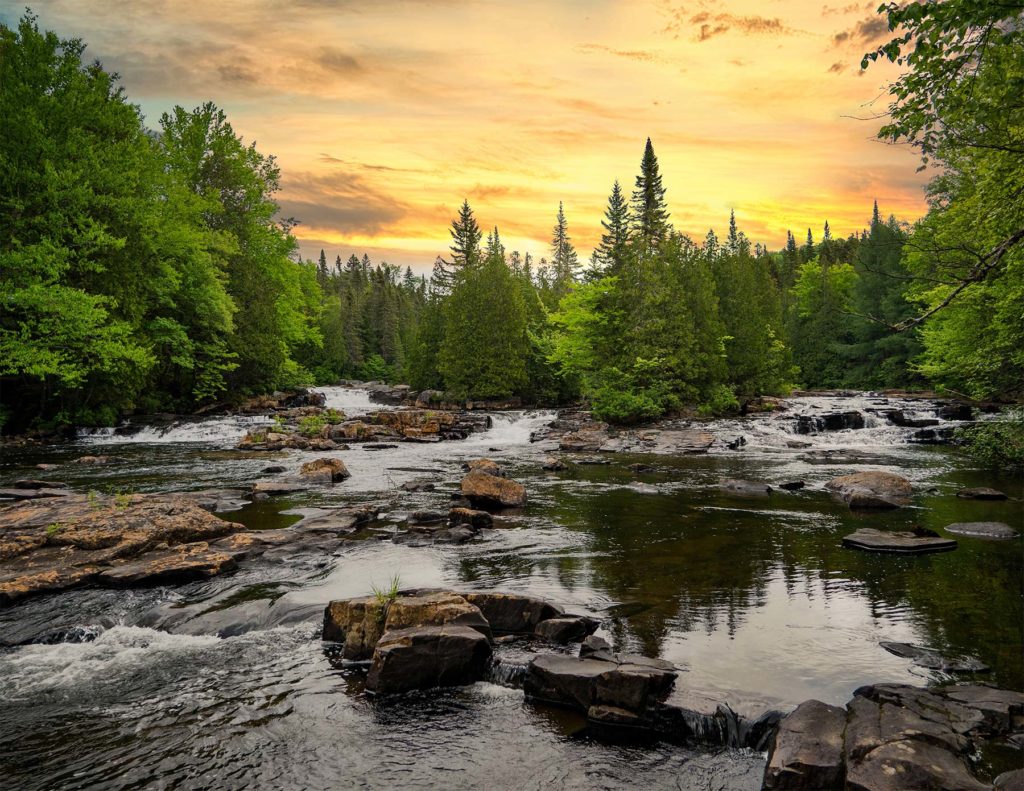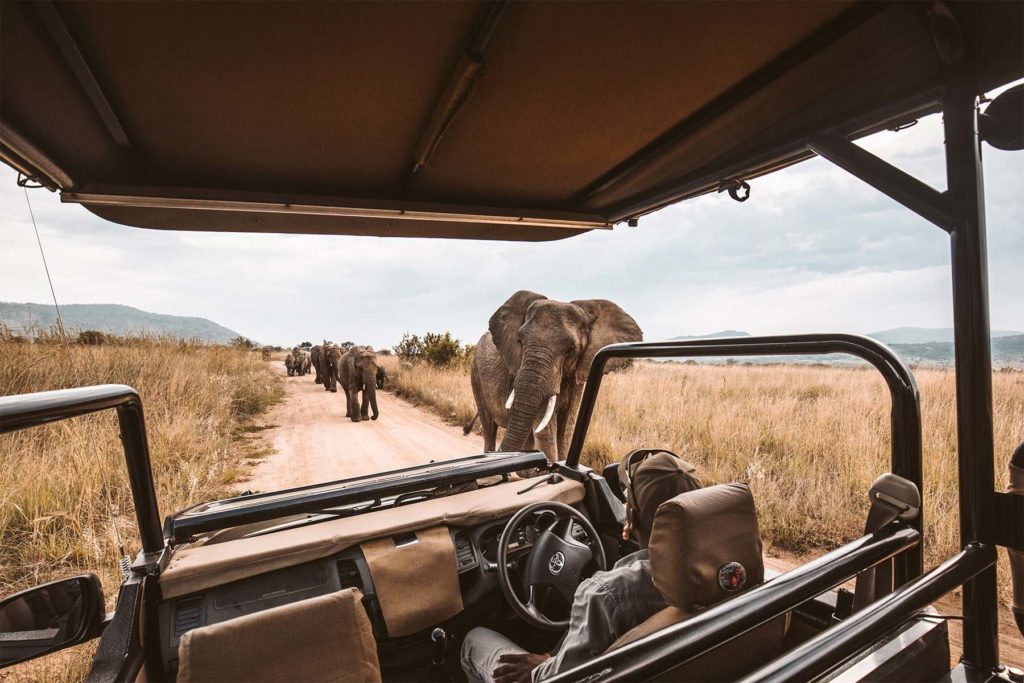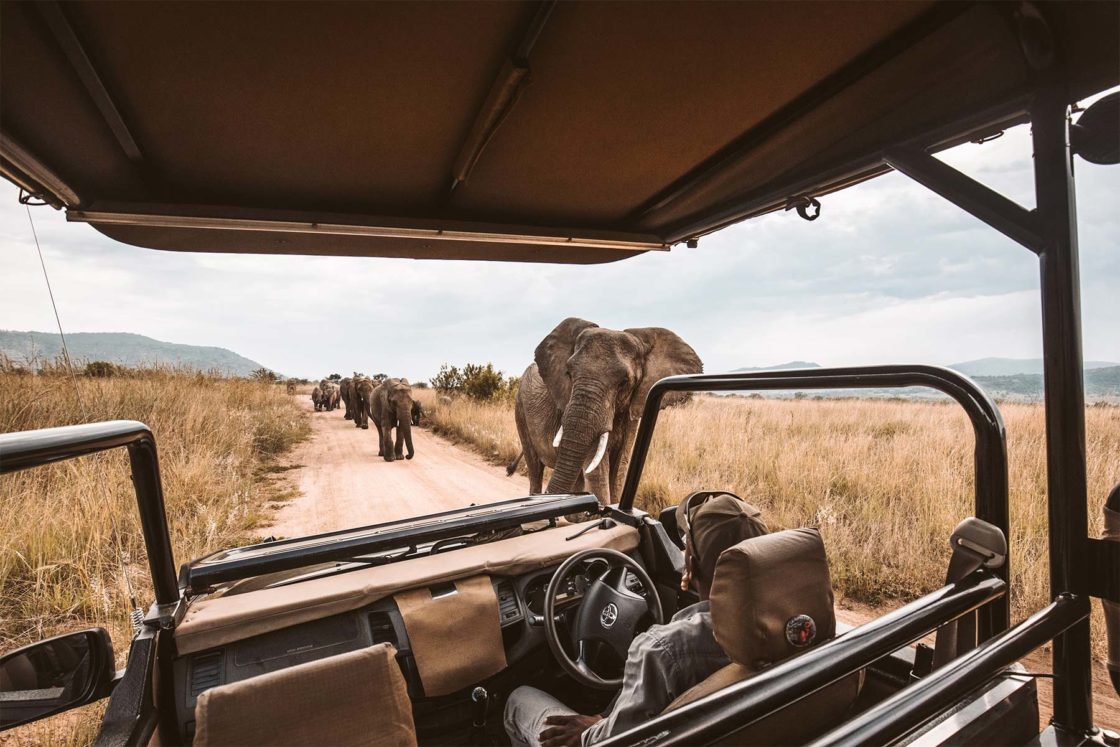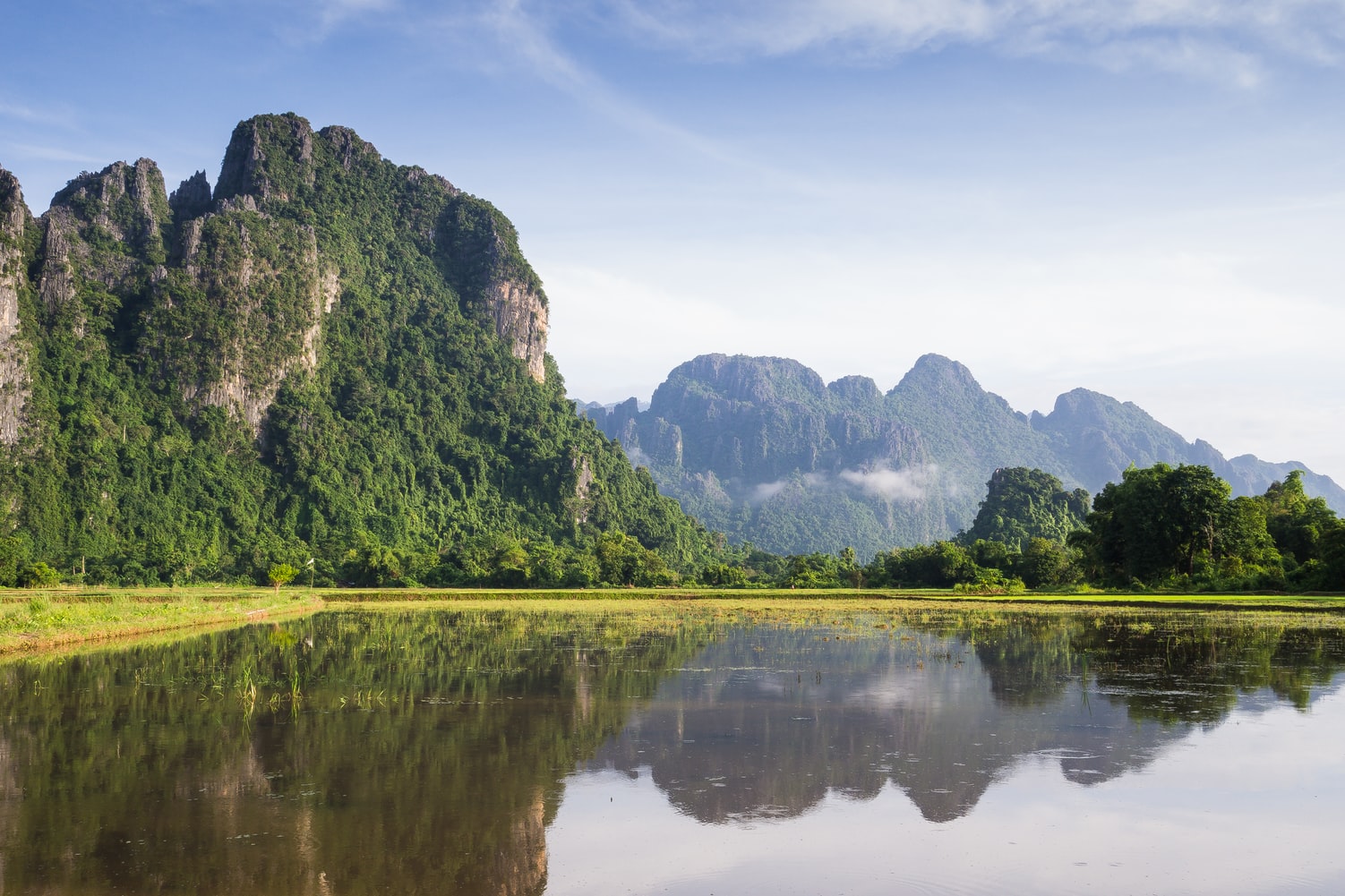Discover eco-friendly luxury travel that supports conservation. Enjoy sustainable tours that blend comfort with environmental responsibility.
The evolution of luxury tourism has been a journey of both opulence and conservation, marked by its impacts on the environment. This evolution reveals a nuanced picture, especially when compared to the often straightforward narrative of mass tourism’s environmental degradation. From its inception in the nineteenth century to the present day, luxury tourism has undergone significant transformations, with varying implications for the natural world.
The Dawn of Luxury Tourism
In the nineteenth century, the concept of luxury tourism took root, primarily among the affluent classes seeking exclusive and refined experiences away from their everyday environments. During this initial phase, the numbers involved were relatively small. This exclusivity meant that the environmental footprint was limited, as these early tourists sought to immerse themselves in pristine natural settings without causing significant harm. Some pioneering companies and visionaries within the sector recognized early on the necessity of conserving these environments to ensure the sustainability of their business model. These entities began to integrate conservation efforts into their operations, although such practices were not widespread.

The Double-Edged Sword of Hunting and Fishing
As luxury tourism evolved, activities like hunting and fishing became popular among the elite, often marketed as exclusive experiences in untouched wilderness. While these activities brought attention to remote natural areas, they also led to the decimation of wildlife populations in some regions. The desire for trophies and sport led to overhunting and overfishing, threatening biodiversity and disrupting ecosystems.
However, this period also saw the emergence of visionaries who recognized the unsustainable path of such practices. The concept of photographic safaris was born out of a need to offer an alternative that allowed tourists to experience wildlife up close without harming it. This shift marked a significant turning point in luxury tourism, with a growing emphasis on conservation and experiencing nature without leaving a destructive footprint.
The Rise of Environmental Education
As awareness of environmental issues grew, luxury tourism firms began to incorporate environmental education into their offerings. This move aimed to enlighten guests about the ecosystems they visited, fostering a deeper appreciation for conservation efforts. Luxury resorts and tour operators started employing naturalists and conservation experts to guide guests, providing insights into local wildlife, flora, and the challenges facing these environments. This educational aspect became a hallmark of luxury tourism, differentiating it from mass tourism by offering a more profound, meaningful connection with nature.
The Emergence of Ecotourism and Sustainability Efforts
In recent decades, the proliferation of ecotourism ventures has marked a significant trend within luxury tourism. These ventures aim to minimize environmental impact, promote conservation, and benefit local communities, all while providing high-end, unique experiences for travelers. Meanwhile, conventional luxury hotel chains have pursued sustainability certifications, adopting practices like energy efficiency, waste reduction, and supporting local conservation projects. These efforts signal a growing recognition within the industry of the need to balance luxury experiences with environmental stewardship.
However, as luxury tourism has scaled, so too has its environmental footprint. The construction of large luxury resorts in pristine locations, the use of private jets and yachts, and other high-consumption practices have raised concerns about the sustainability of these endeavors. Additionally, the industry’s embrace of the rhetoric of sustainability has sometimes led to accusations of greenwashing, where the commitment to genuine environmental preservation is questioned.

The Future of Luxury Tourism
Looking ahead, the future of luxury tourism lies in its ability to innovate and truly integrate sustainability into its core operations. This entails not just superficial adherence to sustainability standards but a fundamental rethinking of how luxury experiences are designed and delivered. Technologies that reduce environmental impact, genuine community engagement, and conservation initiatives that go beyond mere tokenism will be critical.
Moreover, the industry must grapple with the challenge of scaling sustainably. As luxury tourism becomes more accessible to a broader audience, finding ways to maintain exclusivity and high-quality experiences without exacerbating environmental degradation will be paramount. This may involve more stringent regulation and certification processes that hold companies accountable to genuine sustainability metrics.
The evolution of luxury tourism reflects a complex relationship with the environment, marked by periods of harm and innovation. While the sector has made significant strides in integrating conservation and sustainability into its offerings, challenges remain. The future will require a continued commitment to these principles, coupled with innovative approaches to ensure that luxury tourism can be both a guardian of the planet’s natural wonders and a sustainable option for discerning travelers.


